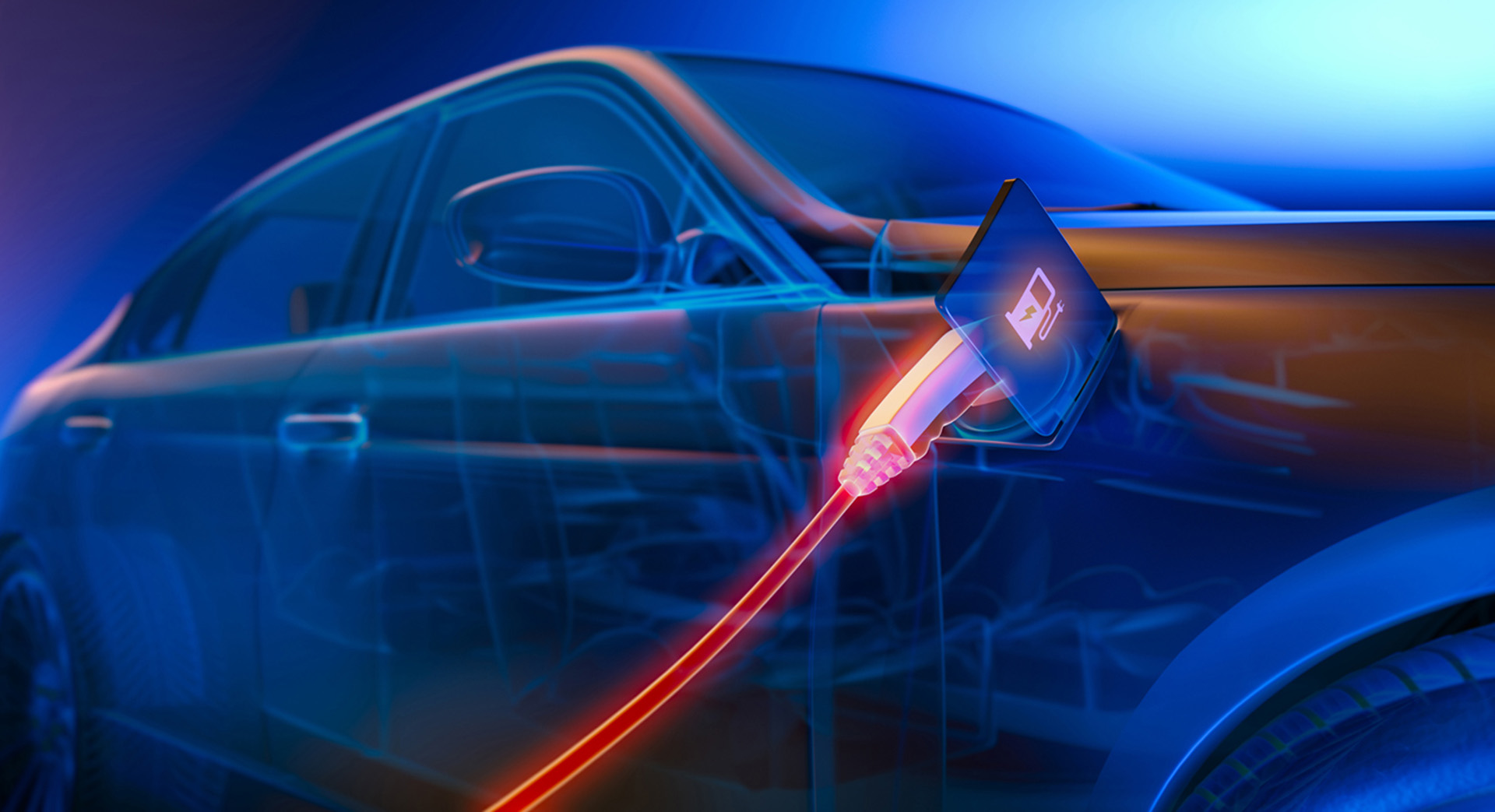Even today, when it comes to conventional cars, their heart is undoubtedly the internal combustion engine. For decades, Ferrari’s V12 engine has been the dream for all car enthusiasts, but also the world benchmark for technological innovation in the Motor Valley, in terms of extreme performance, lightness and energy efficiency.
Today we are experiencing a major paradigm shift: batteries are definitely the most important and critical part of electric cars. In fact, they are the part that most characterises their use, as well as differentiating their absolute performance, but also the user’s relationship with the important infrastructure for charging the batteries themselves.
Geopolitics of future mobility
Speaking of geopolitics, whoever dominates the market of batteries, or rather the cells that compose them, for application in electric vehicles, including the extraction and processing of the raw materials needed to produce them, will strategically control world mobility, as has been the case for decades by oil-producing countries. Conversely, batteries can already be recharged today with photovoltaic, hydroelectric and wind energy on a zero-kilometre basis.
The electric engine
After decades of electromechanical and mechatronic research, electric engine technology for any application is fairly well established, widespread and mature, and can be found almost anywhere in the world. Electric car engines are produced by many specialised manufacturers, although Europe is still a world leader and Italy is firmly established as one of the leading countries in electrical engineering.
Ultrafast charging of battery packs
Liquid electrolyte lithium-ion batteries are the most common type on cars available today, almost everywhere in the world. The latest European innovations, with extreme recharging voltages of up to 850V and 350kW of power, make it possible for today’s battery packs equipped with the latest generation lithium-ion cells, already in production and on sale, achieve a range of about 100 km in just 5 minutes of ultrafast charging. These charging performances can now be achieved on cars with the latest charging technology, which in concrete terms is already a remarkable achievement. This allows road enjoyment very close to that of cars that use conventional fossil fuels, such as petrol and diesel, i.e. with refuelling times, all in all, very similar to those of natural gas methane.
Italy has already installed several latest-generation charging stations, for example, Emilia Romagna has them in Modena, Carpi, Piacenza and Forlì. The overall numbers say that there are about 1,000 fast, public charging points in Italy, which can recharge with DC technology, from 50 kW of power, 400V. In just 2 years, the number of charging stations in Italy has more than doubled and the number of points with ultrafast technology is growing considerably.
Chemistry of battery pack cells
Internally, the lithium ion cell that makes up today’s most common battery packs is immersed in a liquid or gel chemical compound that serves as an electrolyte. Today this is lithium salt dissolved in a mixture of organic solvents, which provides the media for transporting the lithium ions because it is capable of conducting electricity. The most valuable component of today’s batteries is cobalt, which is used for the electrodes, and one of the biggest challenges for manufacturers is to reduce its use and even eliminate it in the next few years. Tesla has already announced several times that within two years it will be producing its cars with batteries consisting of cobalt-free or cobalt-light cells, in order to reduce costs but also to limit dependence on rare mineral sources.
An ongoing challenge to reduce costs and use of rare materials
It’s not entirely clear what the next cell chemistry will be, whether it will be low cobalt or no cobalt, but it is expected that in the next few years, thanks to technological research, the cost of batteries will be significantly lowered, also due to the use of readily available raw materials such as sea salt and sodium chloride.
What are electric car batteries made of?
Battery packs are made up of many cells. The battery cells are very similar in appearance and size to the common household “stylus” batteries used in many common applications.
Reuse of lithium-ion rechargeable cells
When disassembled from electric cars, the compactness and versatility of the individual battery packs allow them to be easily reused in less demanding applications, such as domestic electricity storage, combined with photovoltaic panels or, more banally, in household appliances, such as torches, emergency lights, scooters and e-bikes and however, in any application where a rechargeable battery is needed, even a small one.
Continuous innovation
As for future innovations, solid-state batteries are seen as the next solution for electric cars, as they have a higher energy density (i.e. they are lighter for the same amount of kWh stored) than current cells using a gel electrolyte. Solid-state batteries will provide more stability at different temperatures, more safety in the event of overheating, and will guarantee longer driving distances for the same weight.
Application of batteries in electric vehicles
Current battery packs require a temperature-controlled environment to ensure their durability and efficiency. Car manufacturers will therefore increasingly need laboratories capable of technically testing and validating batteries and their components, simulating critical issues and thus speeding up the time it takes to put them into production, guaranteeing their quality and safety, which is useful for innovation in sustainable mobility. The Motor Valley now has the opportunity to become an area of excellence for the development and production of new solutions for electric vehicles, and Reinova is at the forefront of the transition to electric vehicles.
